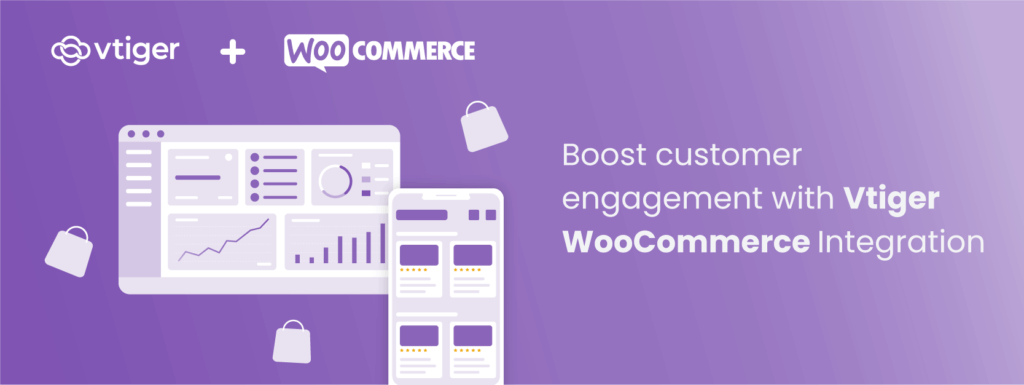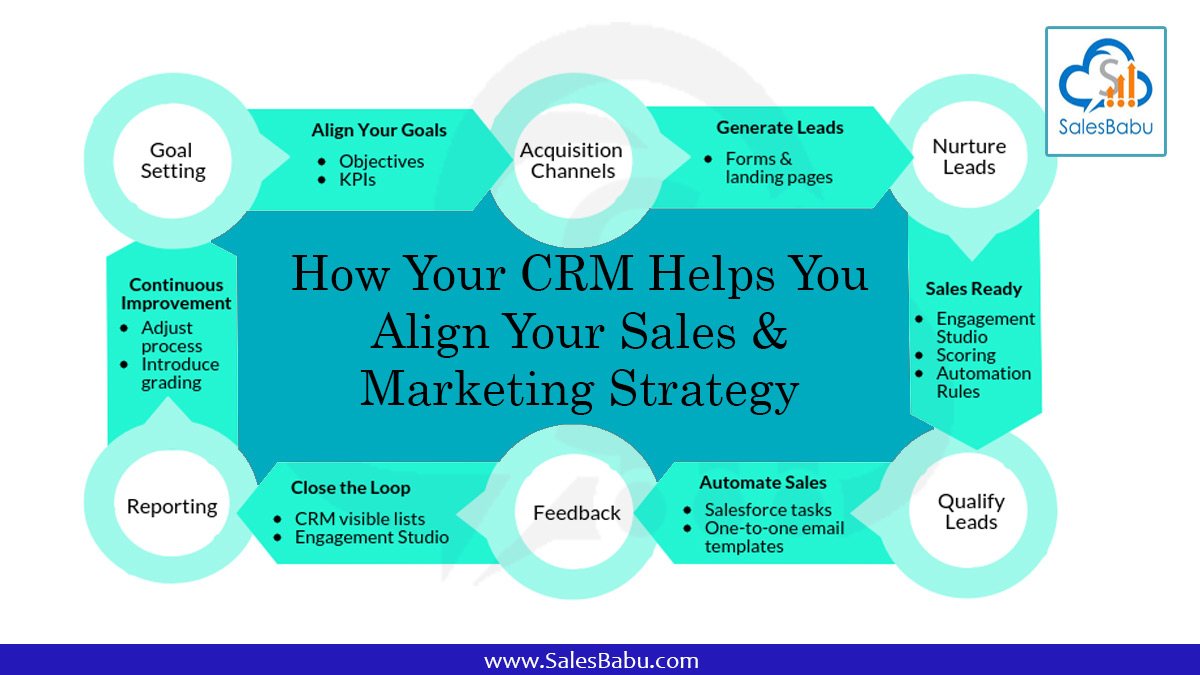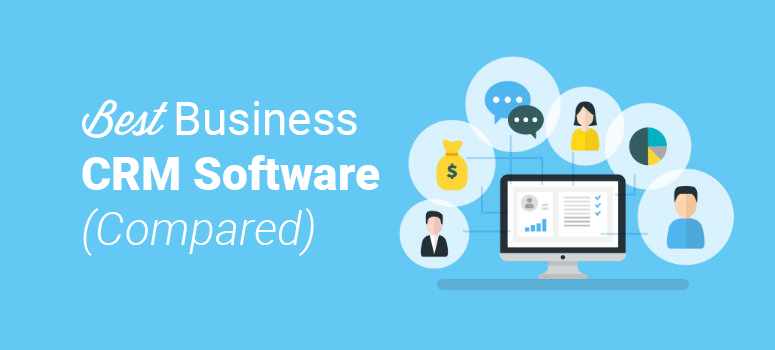
Supercharge Your WooCommerce Store: A Deep Dive into CRM Integration
In the ever-evolving world of e-commerce, staying ahead of the curve is crucial. WooCommerce, a powerhouse in the online retail space, provides a robust platform for building and managing your online store. But to truly unlock its potential and foster lasting customer relationships, integrating it with a Customer Relationship Management (CRM) system is a game-changer. This comprehensive guide will walk you through the intricacies of CRM integration with WooCommerce, exploring the benefits, the how-to’s, and the best practices to ensure a seamless and impactful implementation.
Why Integrate CRM with WooCommerce? The Power of Synergy
The union of WooCommerce and a CRM system creates a powerful synergy, allowing you to centralize customer data, streamline operations, and ultimately, boost your bottom line. Think of it as connecting the dots between your sales, marketing, and customer service efforts. Here’s why this integration is so vital:
- Enhanced Customer Understanding: A CRM system acts as a central repository for all customer interactions. By integrating with WooCommerce, you gain a 360-degree view of your customers, including their purchase history, browsing behavior, communication preferences, and more. This deep understanding allows you to personalize your marketing efforts, tailor product recommendations, and provide exceptional customer service.
- Streamlined Sales Processes: CRM integration automates many of the manual tasks associated with sales, such as lead qualification, order tracking, and invoice generation. This frees up your sales team to focus on building relationships and closing deals.
- Improved Marketing Effectiveness: With access to customer data, you can segment your audience and create targeted marketing campaigns. For example, you can send personalized emails to customers who have abandoned their carts, offer exclusive discounts to loyal customers, or promote new products based on their past purchases.
- Boosted Customer Service: A CRM system provides your customer service team with instant access to customer information, allowing them to quickly resolve issues and provide personalized support. This leads to increased customer satisfaction and loyalty.
- Data-Driven Decision Making: CRM integration provides valuable insights into your business performance. You can track key metrics such as sales revenue, customer acquisition cost, and customer lifetime value. This data allows you to make informed decisions about your marketing, sales, and customer service strategies.
Key Benefits of CRM Integration for WooCommerce
Let’s delve deeper into the specific advantages that CRM integration brings to your WooCommerce store:
- Personalized Customer Experiences: By knowing your customers’ preferences and purchase history, you can tailor their shopping experience. This includes personalized product recommendations, targeted email campaigns, and customized website content.
- Increased Sales and Revenue: Personalized marketing campaigns and streamlined sales processes lead to increased sales and revenue. You can also use CRM data to identify upsell and cross-sell opportunities.
- Reduced Customer Acquisition Cost (CAC): By targeting your marketing efforts, you can reduce your customer acquisition cost. CRM data helps you identify the most effective marketing channels and optimize your campaigns.
- Improved Customer Retention: By providing exceptional customer service and building strong customer relationships, you can improve your customer retention rate. Loyal customers are more likely to make repeat purchases and recommend your store to others.
- Enhanced Operational Efficiency: CRM integration automates many of the manual tasks associated with managing your online store, such as data entry and order processing. This frees up your team to focus on more strategic initiatives.
Choosing the Right CRM for Your WooCommerce Store
Selecting the right CRM system is a critical step in the integration process. The ideal CRM will align with your business needs, budget, and technical capabilities. Here are some key factors to consider:
- Scalability: Choose a CRM that can grow with your business. As your customer base expands, your CRM should be able to handle the increased data volume and user activity.
- Integration Capabilities: Ensure the CRM seamlessly integrates with WooCommerce and other essential tools, such as your email marketing platform and payment gateway.
- Features and Functionality: Consider the features you need, such as contact management, sales automation, marketing automation, and customer service tools.
- Ease of Use: Select a CRM that is user-friendly and easy to navigate. Your team should be able to quickly learn how to use the system.
- Pricing: Compare the pricing plans of different CRM systems and choose one that fits your budget.
- Customer Support: Look for a CRM provider that offers excellent customer support. You’ll need assistance if you encounter any issues.
- Reviews and Reputation: Research the CRM provider’s reputation and read reviews from other users. This will give you insights into the system’s strengths and weaknesses.
Some popular CRM systems that integrate well with WooCommerce include:
- HubSpot CRM: A free, powerful CRM with excellent integration capabilities.
- Zoho CRM: A feature-rich CRM with a wide range of customization options.
- Salesforce: A leading CRM with robust features and scalability.
- ActiveCampaign: A marketing automation-focused CRM with strong integration capabilities.
- Freshsales: A sales-focused CRM with a user-friendly interface.
Step-by-Step Guide to Integrating CRM with WooCommerce
The integration process varies depending on the CRM system you choose. However, the general steps are typically the same:
- Choose Your CRM: As discussed in the previous section, select the CRM that best suits your needs.
- Install the WooCommerce Plugin: Most CRM systems offer a dedicated plugin for WooCommerce. Install this plugin on your WordPress website.
- Connect Your Accounts: Follow the plugin’s instructions to connect your WooCommerce store to your CRM account. This usually involves entering your API keys and other authentication details.
- Configure Data Synchronization: Configure the plugin to synchronize data between WooCommerce and your CRM. This includes specifying which data fields to synchronize, such as customer information, order details, and product data.
- Test the Integration: After configuring the integration, test it to ensure that data is being synchronized correctly. Place a test order in your WooCommerce store and verify that the customer information and order details appear in your CRM.
- Customize and Optimize: Once the integration is set up, customize it to meet your specific needs. This may involve creating custom fields, setting up automated workflows, and configuring email templates.
Important Considerations During Integration:
- Data Mapping: Carefully map the data fields between WooCommerce and your CRM. Ensure that the data is synchronized correctly and that no information is lost.
- Data Privacy: Comply with all data privacy regulations, such as GDPR and CCPA. Ensure that you have obtained the necessary consent from your customers before collecting and using their data.
- Security: Protect your customer data by using a secure connection and implementing strong security measures.
- Regular Monitoring: Monitor the integration regularly to ensure that it is working correctly. Check for any errors or issues and address them promptly.
Advanced CRM Integration Strategies for WooCommerce
Once you have the basic CRM integration set up, you can explore more advanced strategies to maximize its potential:
- Automated Workflows: Set up automated workflows to streamline your sales, marketing, and customer service processes. For example, you can automatically send a welcome email to new customers, follow up with abandoned cart shoppers, or assign support tickets to the appropriate team members.
- Segmentation and Personalization: Use CRM data to segment your audience and personalize your marketing campaigns. Create targeted email campaigns, offer exclusive discounts to specific customer segments, and personalize your website content.
- Lead Scoring: Implement lead scoring to prioritize your sales efforts. Assign points to leads based on their behavior and engagement, and focus on the leads with the highest scores.
- Reporting and Analytics: Use CRM reporting and analytics tools to track key metrics and measure the effectiveness of your marketing and sales efforts. Identify areas for improvement and make data-driven decisions.
- Integrate with Other Tools: Integrate your CRM with other tools, such as your email marketing platform, social media channels, and live chat software. This will create a seamless customer experience and provide a more comprehensive view of your customers.
Troubleshooting Common WooCommerce CRM Integration Issues
Even with the best planning, you might encounter some bumps in the road during the integration process. Here’s how to address some common issues:
- Data Synchronization Errors: If data is not synchronizing correctly, check your connection settings and data mapping configurations. Make sure the API keys are correct and that the data fields are properly aligned. Review the plugin documentation or reach out to the CRM provider’s support team for assistance.
- Duplicate Data: Duplicate data can occur if the integration is not properly configured. Review your data mapping settings and ensure that the system is not creating duplicate entries. Implement a de-duplication process within your CRM to clean up existing data.
- Slow Performance: If the integration is slowing down your website or CRM, optimize your data synchronization settings. Reduce the frequency of data synchronization and limit the amount of data being synchronized. Ensure your hosting environment can handle the increased load.
- Plugin Conflicts: Other plugins on your website might conflict with the CRM integration plugin. Test the integration with other plugins disabled to identify potential conflicts. If conflicts exist, try updating the plugins, finding alternative plugins, or contacting the plugin developers for support.
- API Rate Limits: CRM systems often have API rate limits to prevent abuse. If you’re exceeding these limits, you might experience errors. Optimize your data synchronization settings and reduce the frequency of data synchronization. Contact your CRM provider to discuss increasing your API rate limits.
When to Seek Professional Help:
While many WooCommerce CRM integrations can be set up by following guides and documentation, some situations may warrant professional assistance:
- Complex Customization Needs: If you require highly customized data mapping, workflows, or integrations with other systems, a developer or integration specialist can provide expert guidance.
- Large Data Migration: Migrating a large amount of customer data can be complex. A professional can streamline the process and ensure data integrity.
- Performance Optimization: If you’re experiencing performance issues, a developer can help optimize your integration and ensure your website runs smoothly.
- Troubleshooting Complex Issues: If you’re unable to resolve integration issues on your own, a professional can diagnose the problem and provide solutions.
Best Practices for Long-Term Success
Integrating a CRM with your WooCommerce store is not a one-time task; it’s an ongoing process. To ensure long-term success, consider these best practices:
- Regular Data Audits: Regularly audit your customer data to ensure accuracy and consistency. Cleanse and update your data to maintain its integrity.
- Ongoing Training: Provide ongoing training to your team on how to use the CRM system and leverage its features.
- Performance Monitoring: Continuously monitor the performance of your CRM integration. Track key metrics and identify areas for improvement.
- Stay Updated: Keep your CRM system, WooCommerce, and integration plugins up to date. Updates often include bug fixes, performance improvements, and new features.
- Seek Customer Feedback: Collect feedback from your customers to understand their needs and preferences. Use this feedback to improve your customer experience and marketing efforts.
- Adapt and Evolve: The e-commerce landscape is constantly changing. Adapt your CRM integration strategies and workflows to meet the evolving needs of your business and customers.
Conclusion: Embracing the Future of E-commerce
CRM integration with WooCommerce is more than just a technical setup; it’s a strategic investment in your business’s future. By centralizing customer data, streamlining operations, and personalizing the customer experience, you can unlock a new level of growth and profitability. Embrace the power of synergy, choose the right CRM, and follow the best practices outlined in this guide to transform your WooCommerce store into a customer-centric powerhouse. The future of e-commerce is personalized, data-driven, and customer-focused. By integrating CRM with WooCommerce, you’re not just keeping up; you’re leading the way.

